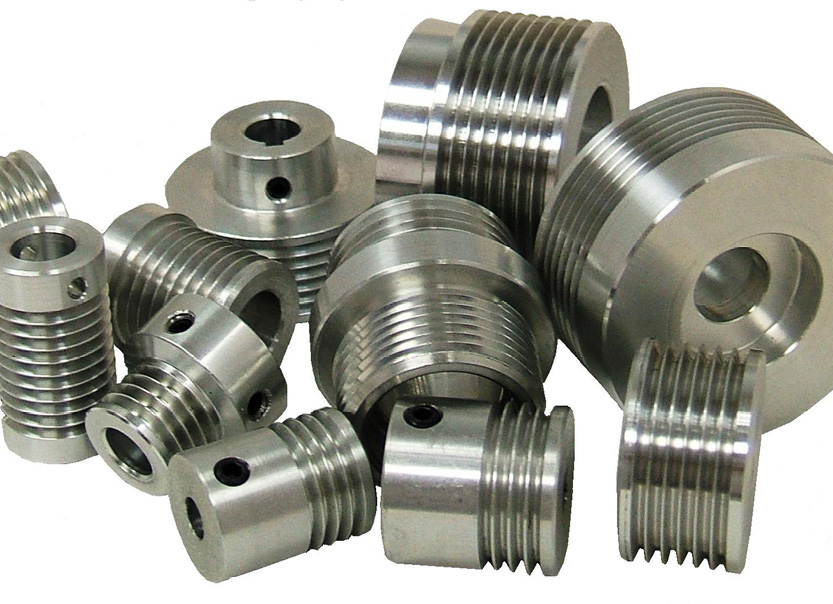V-groove belt pulleys are an essential component of many power transmission systems, providing a simple and efficient way to transfer power between a motor and other machinery. V-groove pulleys are designed with a V-shaped groove that guides the belt, providing reliable grip and reducing the risk of slippage. In this article, we’ll take a closer look at V-groove belt pulleys, their advantages, and how to choose the right pulley for your application.
Advantages of V-Groove Belt Pulleys:
V-groove belt pulleys offer several advantages over other types of pulleys. Firstly, they provide a more reliable grip on the belt, reducing the risk of slippage and improving power transmission efficiency. This is particularly important in high-torque applications where slipping can cause damage to the belt or other components.
Secondly, V-groove pulleys are designed to work with V-belts, which are widely available and cost-effective. This makes V-groove pulleys a cost-effective solution for many power transmission applications, particularly where a high degree of precision is not required.
Finally, V-groove belt pulleys are simple and easy to install, requiring no special tools or expertise. They can be easily adapted to different applications and can be used in a wide range of industries, from manufacturing and agriculture to construction and transportation.
Choosing the Right V-Groove Belt Pulley:
Choosing the right V-groove belt pulley is essential to ensure reliable and efficient power transmission. Here are some key factors to consider when selecting a V-groove belt pulley:
Belt Size: The size of the belt is a critical factor to consider when selecting a V-groove belt pulley. The belt must be compatible with the pulley, and the belt width must match the pulley’s groove width. It’s also essential to consider the pitch of the belt, which is the distance between the teeth on the belt.
Shaft Size: The pulley’s shaft size must be compatible with the motor or other machinery that it will be attached to. It’s important to ensure that the shaft size matches the shaft diameter of the motor or other machinery, to ensure a secure fit.
Material: V-groove belt pulleys are typically made from steel, cast iron, or aluminum. Each material has its own advantages and disadvantages, so it’s essential to choose the right material for your application. Steel pulleys are durable and can handle high loads, but they are heavy and can be expensive. Cast iron pulleys are cost-effective and durable, but they can be brittle and prone to cracking. Aluminum pulleys are lightweight and corrosion-resistant, but they may not be suitable for heavy-duty applications.
Load Capacity: The load capacity of the pulley is an important factor to consider, particularly in high-torque applications. The load capacity refers to the maximum weight that the pulley can support without breaking or deforming.
Precautions when using V-Groove Belt Pulleys:
While V-groove belt pulleys are generally reliable and easy to use, there are some precautions that should be taken to ensure safe and efficient operation. Here are some key precautions to keep in mind:
Belt Tension: It’s essential to ensure that the belt is properly tensioned to prevent slippage and ensure reliable power transmission. Over-tensioning the belt can cause damage to the belt or other components, while under-tensioning can lead to slippage.
Alignment: Proper alignment is critical to ensure efficient power transmission and prevent wear on the belt and other components. Misalignment can cause the belt to wear unevenly, reducing its lifespan and increasing the risk of failure.
Lubrication: Lub
CONTINUE READING
Related Posts
In the world of industrial manufacturing, the efficiency and reliability of transmission systems are critical to the success of any […]
In industrial settings, a smooth and quiet power transmission system is crucial for productivity, safety, and worker comfort. V Belt […]
Splines play a critical role in mechanical power transmission systems, enabling rotational motion and torque transfer between mating components. These […]





